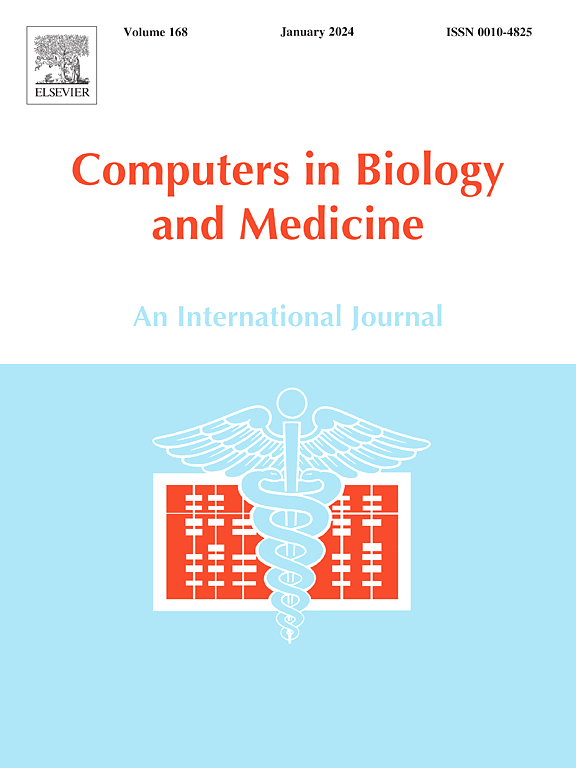Attention in surgical phase recognition for endoscopic pituitary surgery: Insights from real-world data
IF 7
2区 医学
Q1 BIOLOGY
引用次数: 0
Abstract
Background and objective
Surgical Phase Recognition systems are used to support the automated documentation of a procedure and to provide the surgical team with real-time feedback, potentially improving surgical outcome and reducing adverse events. The objective of this work is to develop a model for endoscopic pituitary surgery, a challenging procedure for phase recognition due to the high variability in the order of surgical phases.
Methods
A dataset of 69 pituitary endoscopic videos was collected and labelled by two surgeons in seven different phases. The architecture proposed comprises a Convolutional Neural Network to identify spatial features in individual frames, and a Segment Attentive Hierarchical Consistency Network (which combines Temporal Convolutional Networks with attention mechanisms) to learn temporal relationship information between frames and segments at different temporal scales. Finally, predictions are refined with an adaptative mode window.
Results
We have built and made publicly available the largest pituitary endoscopic surgery database to date, named PituPhase. We have built a model with a 73 % accuracy (75 % using a 10 s relaxed boundary). This result is comparable to other state-of-the-art methods in this surgical domain despite the challenges of the dataset (only 10 % of the videos are complete and only 3 % present all phases in the same order, versus 90 % and 50 % respectively in other studies).
Conclusions
Attention mechanisms in combination with Temporal Convolutional Networks and adaptive mode windows improve the performance of Surgical Phase Recognition systems and are robust to missing video sections and high variability in phase order.

内镜下垂体手术中手术相位识别的注意:来自真实世界数据的见解
背景和目的外科阶段识别系统用于支持手术过程的自动记录,并为外科团队提供实时反馈,潜在地改善手术结果并减少不良事件。这项工作的目的是建立一个内镜下垂体手术模型,由于手术阶段顺序的高度可变性,这是一个具有挑战性的阶段识别过程。方法收集垂体内镜影像资料69个,由2位外科医生分7个阶段进行标记。提出的结构包括一个卷积神经网络来识别单个帧中的空间特征,以及一个片段关注层次一致性网络(将时间卷积网络与注意机制相结合)来学习帧和片段在不同时间尺度上的时间关系信息。最后,使用自适应模式窗口对预测进行细化。结果我们建立了迄今为止最大的垂体内窥镜手术数据库,命名为垂体期。我们已经建立了一个准确率为73%的模型(使用10 s松弛边界时准确率为75%)。尽管数据集存在挑战,但该结果与该外科领域的其他最先进的方法相当(只有10%的视频是完整的,只有3%的视频以相同的顺序呈现所有阶段,而在其他研究中分别为90%和50%)。结论注意机制与时间卷积网络和自适应模式窗口相结合提高了手术相位识别系统的性能,并且对缺失视频片段和相位顺序的高变异性具有鲁棒性。
本文章由计算机程序翻译,如有差异,请以英文原文为准。
求助全文
约1分钟内获得全文
求助全文
来源期刊

Computers in biology and medicine
工程技术-工程:生物医学
CiteScore
11.70
自引率
10.40%
发文量
1086
审稿时长
74 days
期刊介绍:
Computers in Biology and Medicine is an international forum for sharing groundbreaking advancements in the use of computers in bioscience and medicine. This journal serves as a medium for communicating essential research, instruction, ideas, and information regarding the rapidly evolving field of computer applications in these domains. By encouraging the exchange of knowledge, we aim to facilitate progress and innovation in the utilization of computers in biology and medicine.
 求助内容:
求助内容: 应助结果提醒方式:
应助结果提醒方式:


